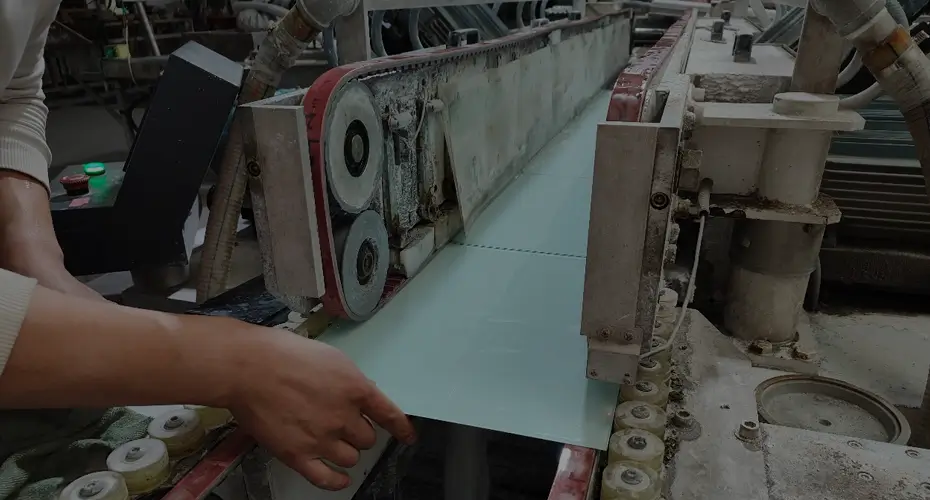Nov . 16, 2024 08:49 Back to list
acid etched
The Intricacies of Acid Etching A Detailed Exploration
Acid etching is a popular technique used in various fields, especially in art, printmaking, and industrial applications. This method involves using acidic solutions to selectively remove material from a surface, primarily metals or glass, creating intricate designs or textures. The process not only requires precision but also a strong understanding of chemistry and materials.
The Process of Acid Etching
Acid etching begins with the preparation of the material to be etched. Depending on the substrate—be it copper, zinc, or glass—the initial steps may differ. For metals, a common practice involves cleaning the surface to remove any dirt, oil, or oxidation that could interfere with the etching process. Once cleaned, a layer of resist is applied. This resist can be a wax, lacquer, or a special etching ground that protects areas from the acidic solution.
After the resist has dried, the artist or technician uses a sharp instrument to draw or scratch the desired design onto the surface. The exposed areas will react with the acid, while the protected areas remain intact. The next step is immersing the object in a bath of diluted acid. The concentration and type of acid used can vary based on the material and the desired depth of etching.
Once the etching is complete, the object is thoroughly rinsed in water to neutralize the acid, followed by the removal of the resist. The result is a beautifully detailed design that is often highlighted through further finishing processes, such as polishing or coloring.
Safety Considerations
Working with acid requires strict adherence to safety protocols. The etching process can pose risks including skin burns or respiratory issues if proper precautions are not taken. Protective gear, such as gloves, goggles, and face masks, are essential. Additionally, working in a well-ventilated area or using a fume hood can help mitigate harmful exposures.
acid etched

Applications of Acid Etching
Acid etching finds its application in various domains. In the world of art, many printmakers exploit this technique to create unique images. The ability to produce fine lines and textures allows for deeper artistic expression. Artists such as Rembrandt famously used etching as a means to achieve depth and detail in their prints.
In industrial contexts, acid etching is employed in semiconductor manufacturing. The precise control over material removal is vital in creating microchips and other electronic components. The technique is also used in the fabrication of various metal parts, where specific patterns or textures are needed to enhance functionality or aesthetics.
Glass artists similarly harness acid etching to create stunning visual effects. The process allows for the production of frosted patterns, logos, and designs on glass surfaces, adding elegance to everyday items such as glassware and mirrors.
Environmental Considerations
As with many industrial processes, acid etching raises environmental concerns, particularly regarding waste management and chemical handling. The disposal of used acid solutions must be managed carefully to avoid soil and water contamination. Many organizations are now exploring alternative methods of etching that reduce environmental impact, such as laser etching, which offers a cleaner, more efficient process without the use of hazardous chemicals.
Conclusion
Acid etching is a fascinating technique that marries chemistry with artistry, allowing for the creation of intricate and detailed designs across various materials. Whether in a printmaking studio or an industrial manufacturing facility, the principles remain the same—precision, creativity, and safety are paramount. As technology advances, so too will the methods of acid etching, perhaps leading to new possibilities that marry traditional artistry with modern innovations. The legacy of acid etching continues to thrive, reminding us of the beauty achievable through careful craftsmanship and scientific understanding.
-
Safety and Style with Premium Laminated Glass Solutions
NewsJun.24,2025
-
Reinvents Security with Premium Wired Glass
NewsJun.24,2025
-
Premium Float Glass Line for Modern Architecture
NewsJun.24,2025
-
Low Emissivity Glass for Energy-Efficient Architecture
NewsJun.24,2025
-
High-Performance Insulated Glass Solutions for Modern Architecture
NewsJun.24,2025
-
Elevates Interior Style with Premium Silver Mirror
NewsJun.24,2025
Related PRODUCTS














